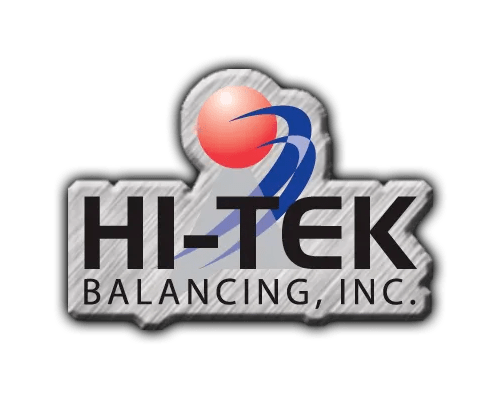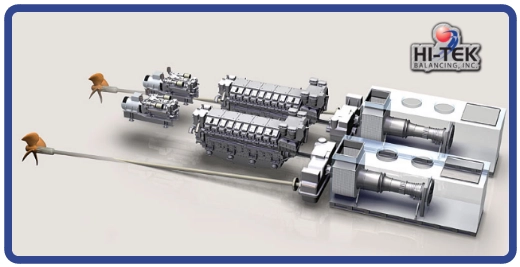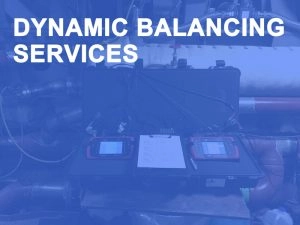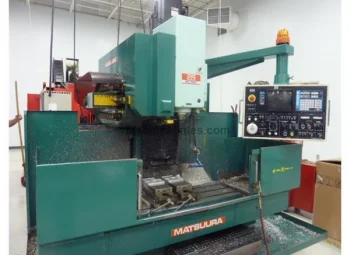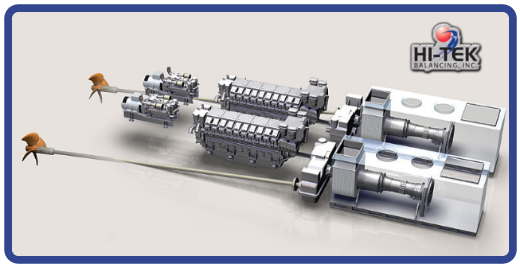 Large stationary jet fuel-powered turbines are the solution for many industrial applications where large amounts of rotational energy is needed in a comparatively small and compact package. As evident in commercial airline applications, the design constraints and the engineering solutions provided by jet turbine power, allow these motors to be used in a variety of relatively portable applications.
Large stationary jet fuel-powered turbines are the solution for many industrial applications where large amounts of rotational energy is needed in a comparatively small and compact package. As evident in commercial airline applications, the design constraints and the engineering solutions provided by jet turbine power, allow these motors to be used in a variety of relatively portable applications.
At HI-TEK Balancing, Inc, we have set the industry standard for solving vibration problems that arise in turbine engines and are implemented in new portable applications during the design and installation stages. These applications where large power density is required include cruise ships, large oil tankers, large cargo ships, and military vessels. Turbine engines must be mated to either a generator or directly to a propeller via a transmission. The shafts that are used to connect these devices are often unique to the application of the turbine. Turbines are balanced by the manufacturer, but the unique connecting shafts require balancing due to error generated by the realities of the shaft manufacturing tolerances and reassembly fit-up error.
With the assumption that the majority of vibration is caused by unbalance of the shaft, the shaft vibration is measured by reading the orbital acceleration data at the ends of the shafts. Technically speaking, four accelerometers are attached to the turbine engine, two horizontal, two vertical. Four additional accelerometers in the same orientation are attached to the receiving end, gearbox or generator, depending on the driving method of the particular ship.
While the turbine assembly is run, the electronics record the vibration data. This first run generates a baseline which the electronics can work from. Then a known amount of weight is added at a known location. The assembly runs a second time, as the electronics record how the weight affected the vibration. Each of four channels of accelerometer data are interpreted by calibrated mobile electronics that convert accelerometer data into actionable information and shows us how to modify the shaft by adding weight to bring the actual rotational center of mass closer to the geometric rotational center of mass.
We have employed this balancing procedure in the field on many marine turbine applications with huge success. Customers appreciate our ability to provide meaningful corrective maintenance to such large, expensive, and critical parts of the marine industry.
Please call us or contact us to learn more.

